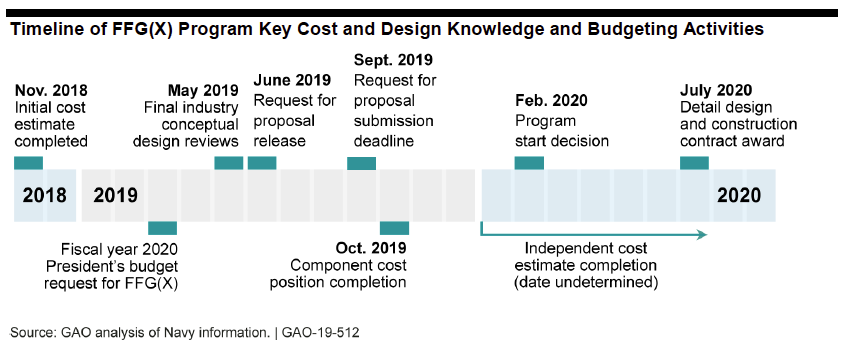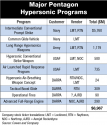Jura The idiot
General
Friday at 9:01 PM
US Navy to replace touchscreens with mechanical controls
now Naval-Technology.com story ofvery interesting (but not for the thread full of fanciful ideas LOL)
Navy Reverting DDGs Back to Physical Throttles, After Fleet Rejects Touchscreen Controls
US Navy to replace touchscreens with mechanical controls
The US Navy is to replace touchscreen controls on destroyers with physical systems in 2020 after a report into the fatal 2017 USS John S McCain collision branded the controls ‘unnecessarily complex’.
The investigation into the accident that resulted in the deaths of 10 sailors said that the complexity of the control system and a lack of training led to the collision.
Bridge design on US naval vessels is largely uncontrolled by the military, with a lack of specific requirements leaving design decisions to shipbuilders.
The step-back in technology will give sailors more tactile feedback and remove the ambiguity and uncertainty that played a role in the collision.
The Navy will retrofit mechanical controls on all class destroyers that currently use the Northrop Grumman Integrated Bridge and Navigation System (IBNS).
After incidents with the USS McCain and USS Fitzgerald, the US Navy surveyed the crews of its ships and found a majority of sailors wanted to see a return to more intuitive mechanical controls.
The US Navy is to replace touchscreen controls on destroyers with physical systems in 2020 after a report into the fatal 2017 USS John S McCain collision branded the controls ‘unnecessarily complex’.
The investigation into the accident that resulted in the deaths of 10 sailors said that the complexity of the control system and a lack of training led to the collision.
Bridge design on US naval vessels is largely uncontrolled by the military, with a lack of specific requirements leaving design decisions to shipbuilders.
The step-back in technology will give sailors more tactile feedback and remove the ambiguity and uncertainty that played a role in the collision.
The Navy will retrofit mechanical controls on all class destroyers that currently use the Northrop Grumman Integrated Bridge and Navigation System (IBNS).
After incidents with the USS McCain and USS Fitzgerald, the US Navy surveyed the crews of its ships and found a majority of sailors wanted to see a return to more intuitive mechanical controls.
from the National Transportation Safety Board concluded that: “Training on the operation of the Integrated Bridge and Navigation System for John S McCain watchstanders was inadequate, because it did not ensure that the crew could perform the basic functions of the watch, such as the transfer of steering and thrust control between bridge stations.”
The report also found that “The design of the John S McCain’s touch-screen steering and thrust control system increased the likelihood of the operator errors that led to the collision.”
The report did not place sole blame on the IBNS, however, adding that the sailors’ lack of training and fatigue also played a key role in the incident.
The incident was caused when sailors attempted to pass control of the throttle from one console to another, resulting in the belief that they had lost control of the ship.
The system on board the ship allows throttle and steering to be controlled from multiple stations on the USS McCain’s bridge. The ship’s crew enabled the “backup manual mode” to get more intuitive control of the ship, however, this meant it could be controlled from multiple stations. As a result crew members on all three stations could steer the ship when they tried to regain control of the vessel steering swapped between the three stations.
As a result, the report recommended that the US Navy “issue permanent guidance directing destroyers equipped with the Integrated Bridge and Navigation System to operate in computer-assisted steering modes, except during an emergency.”
The report added: “Mechanical throttles provide complementary information to an operator: direction, force, and the ability to confirm either visually or by touch whether the throttles are ganged and working in unison.
“Mechanical throttles are used in aviation and on most vessels still operating in the Navy. They are often preferred over touch-screen displays as they provide both immediate and tactile feedback to the operator.”
The report concluded that the US Navy should revise the way it trains sailors to use the IBNS system and provide clearer technical manuals on how to correctly transfer controls between the systems consoles.


